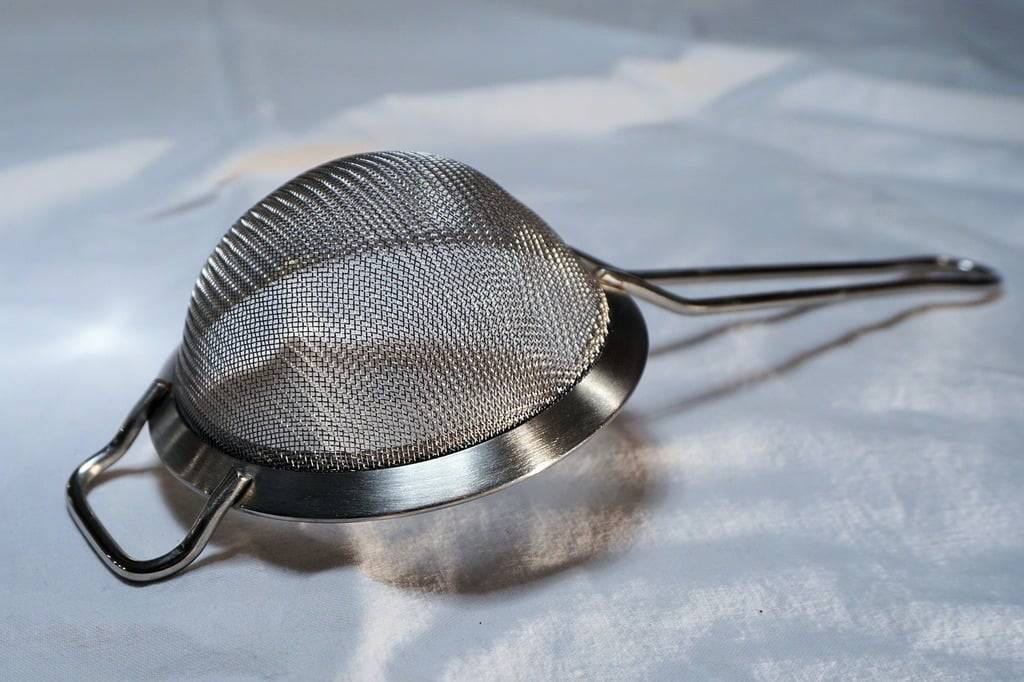In the bustling world of culinary arts, where knives, pans, and spices often take the spotlight, there lies an often-overlooked hero: the strainer. This seemingly simple kitchen tool plays a vital role in countless cooking processes, serving both practical and aesthetic purposes. Let’s dive deeper into the world of strainers, exploring their types, uses, and importance in everyday food recipes today cooking.
What is a Strainer?
Typically made from materials like stainless steel, plastic, or silicone, strainers come in various shapes and sizes. Their primary function is to allow liquids to pass through while retaining larger particles, making them indispensable for a range of culinary tasks.
Types of Strainers
- Colander: Often used for draining pasta or rinsing vegetables, colanders feature large holes that allow liquids to escape quickly while keeping food intact.
- Fine Mesh Strainer: This tool has a much finer mesh, ideal for tasks that require separating smaller particles from liquids.
Sieve: Similar to a fine mesh strainer, a sieve is used for sifting and straining but usually has a wider, deeper bowl. It can also be used for tasks such as making purees or dusting baked goods with powdered sugar. - Tea Strainer: A smaller version of the fine mesh strainer, this tool is specifically designed for steeping loose-leaf tea. It prevents leaves from escaping into the cup while allowing the brewed liquid to flow freely.
- Chinois: A conical strainer often made of fine mesh or cloth, a chinois is perfect for making smooth sauces or soups.
Uses of a Strainer
Strainers are incredibly versatile and can be used in numerous cooking scenarios:
- Rinsing Fruits and Vegetables: A colander or fine mesh strainer is ideal for washing produce. It allows water to flow through while keeping your fruits and veggies safe from falling into the sink.
- Making Stocks and Broths: When preparing homemade stocks, a fine mesh strainer can be used to separate the solids (bones, vegetables) from the flavorful liquid, resulting in a clear and delicious broth.
- Baking: Strainers are essential in baking for sifting flour or powdered sugar.
- Preparing Sauces: A chinois or fine mesh strainer can elevate your sauces by removing any lumps or solid pieces, ensuring a smooth, velvety finish.
Importance of the Strainer in Cooking
They save time, enhance flavors, and improve the overall quality of the food recipes today
we prepare. Without strainers, many dishes would suffer from undesirable textures or flavors, affecting the dining experience. Additionally, using a strainer can help prevent kitchen mishaps. For instance, overcooked pasta can easily slip away during draining, but a well-placed colander can catch it all, ensuring that nothing goes to waste.
The strainer, a humble yet essential tool, deserves recognition in the culinary world. Its versatility and functionality make it a staple in every kitchen, whether in a professional setting or a home cook’s haven. So, the next time you whip up a delicious meal, take a moment to appreciate the strainer—an unsung hero that helps transform ingredients into culinary masterpieces.
